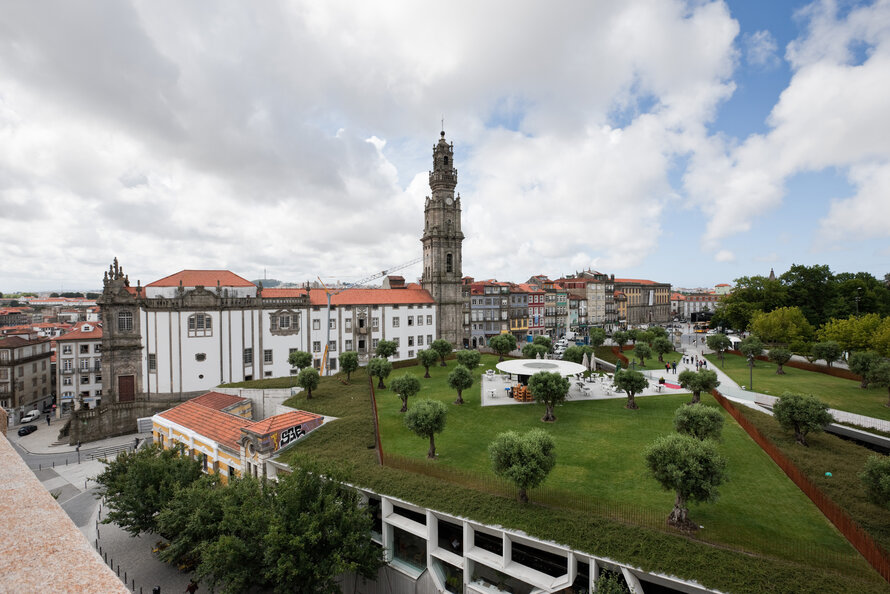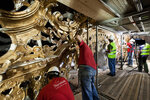The Clérigos' Church and Tower in Porto
The Church and the Clérigos’ Tower it’s a unique baroque ensemble designed by the Italian architect Nicolau Nasoni and built between 1731-1763. Situated on one of the hills of the city of Oporto, this architectural feat, comprising the church, the house belonging to the ...
Read more
Project details
| Title: | The Clérigos' Church and Tower in Porto |
|---|---|
| Entr. year: | 2017 |
| Result: | Award |
| Country: | Portugal |
| Town: | Porto |
| Category type: | building conservation |
| Building type/ Project type: | Religious building/memorial |
| Former use: | Church, hospital for elderly and clerics, church tower |
| Actual use: | Church, church tower; cultural and touristic attraction |
| Built: | 18th century |
| Architect / Proj.leader: | Direcção Geral do Património Cultural |
| The Jury's citation: | “The interdisciplinary approach applied to this project was exemplary and has expertly recovered this important landmark within the UNESCO World Heritage historic centre of Porto for current and future generations. The team behind the project has struck a balance between research and high-quality craftsmanship and this was undoubtedly a complex task”. “The project has enhanced the entire complex and has created cohesion between the building and its collections”. “The project has revitalised the infrastructure of the complex and has also enlivened the surrounding area as great efforts were made to promote the site and boost visitor numbers following its restoration. The social recovery of this historic building, in reopening the chapel for religious services, also sets an important example for other sites as these are social buildings first and foremost”. |
| Web, Links: | www.torredosclerigos.pt/en/ |
Description:
The Church and the Clérigos’ Tower it’s a unique baroque ensemble designed by the Italian architect Nicolau Nasoni and built between 1731-1763. Situated on one of the hills of the city of Oporto, this architectural feat, comprising the church, the house belonging to the Brotherhood and the tower measuring 75 metres in height, is an iconic symbol of the city, being the most visited monument in the North of Portugal. The state of degradation it had sunk to by 2011, both interior and exterior, could not guarantee safety for the visitors and staff, making it absolutely essential to carry out a thorough conservation intervention, extending not only to the architecture but to its entire movable and integrated heritage. The rehabilitationnand conservation project was also complemented by a musealization project of the site and its heritage. In December 2014 the site opened its doors restored to its full glory.
Similar projects
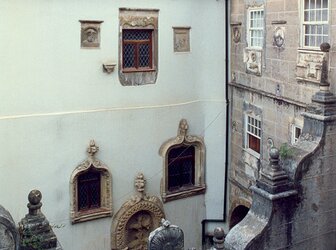
16th century

15th-16th century

13th century
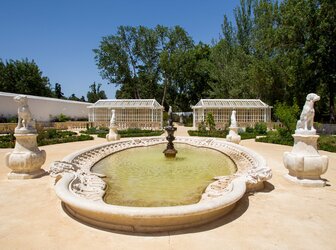
18th century
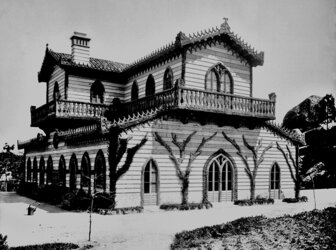
1864 - 1869
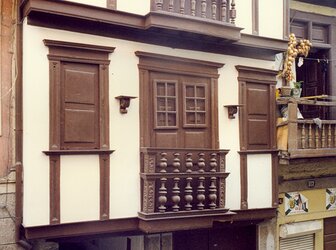
Middle Ages and 17th century
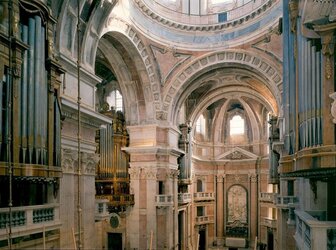
19th century
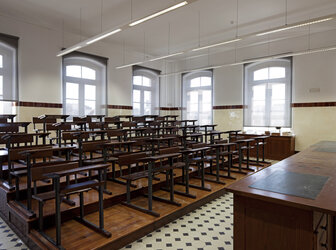
1882 - 1907

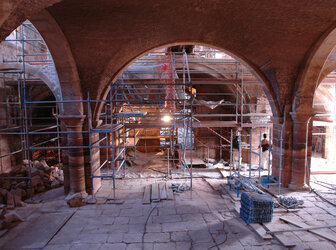
13th century
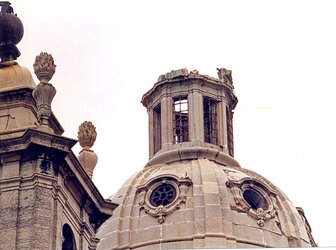
18th century
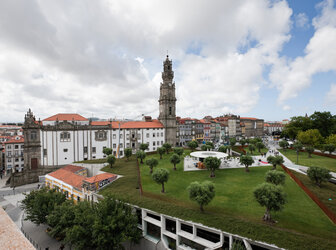
18th century
